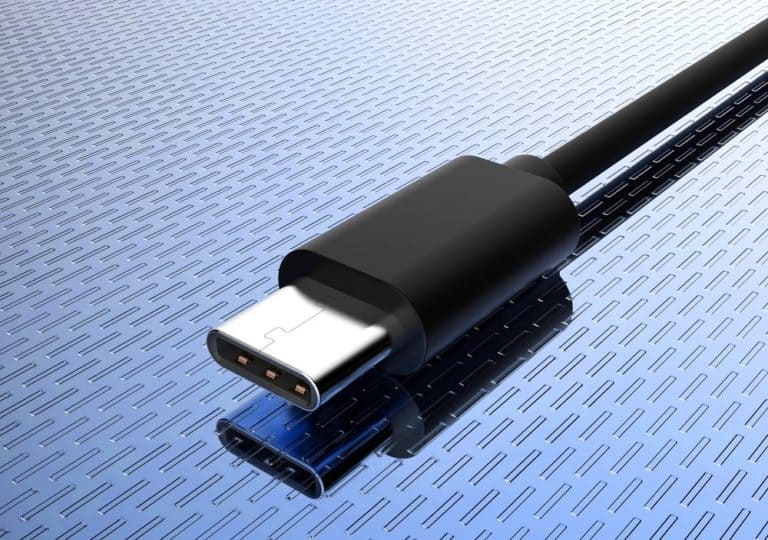VESA replaces DisplayPort 2.0 with the all-new DisplayPort 2.1, which brings more efficiency using its advanced features.
VESA releases DisplayPort 2.1 specifications
The release of the all-new DisplayPort 2.1 has replaced DisplayPort 2.0 in all the major products that we use. In fact, many of your products may already be DisplayPort 2.1 certified before it was even announced. VESA is known to be quick in making its new innovations available for consumers.
“Due to this effort, all previously certified DisplayPort 2.0 products, including UHBR (Ultra-high Bit Rate) capable products — whether GPUs, docking station chips, monitor scalar chips, PHY repeater chips, such as re-timers, or DP40/DP80 cables (including both passive and active and using full-size DisplayPort, Mini DisplayPort, or USB Type-C connectors) — have already been certified to the stricter DisplayPort 2.1 spec”, the organization said.
DisplayPort 2.0 was initially supposed to be available in 2019, but it became readily available this year due to a delay in testing capabilities because of the Covid-19 pandemic. Following that, the AMD Ryzen 6000, MediaTek and RealTek chipsets, and Intel’s Arc graphics cards, including the Intel Arc A770 and A750, are still DisplayPort 2.0-certified.
However, there is no DisplayPort 2.0 available for purchase in the US. Products like Nvidia’s latest GPUs, the RTX 4090 and 4080, AMD’s latest cards, and the Radeon RX 6000-series have shifted to DisplayPort 2.1.
Why DisplayPort 2.1 is better than DisplayPort 2.0
DispayPort 2.1 has exceptional futuristic features that make it more efficient than DisplayPort 2.0. Its cables operate at up to 40Gbps. VESA further specifies that DisplayPort 2.1 mini cables support lengths beyond 6.6 feet (2 m) while maintaining performance.
Moreover, DisplayPort 2.1 has an updated bandwidth management feature that prevents tunnelling over USB4 from existing with other I/O traffic “more efficiently” than DisplayPort 2.0.
“Achieving greater alignment between DisplayPort and USB on a common PHY has been a particularly important effort within VESA given the significant overlap in use case models between DisplayPort and USB4 ecosystems”, commented Alan Kobayashi VESA board chair and DisplayPort Task Group chair.
